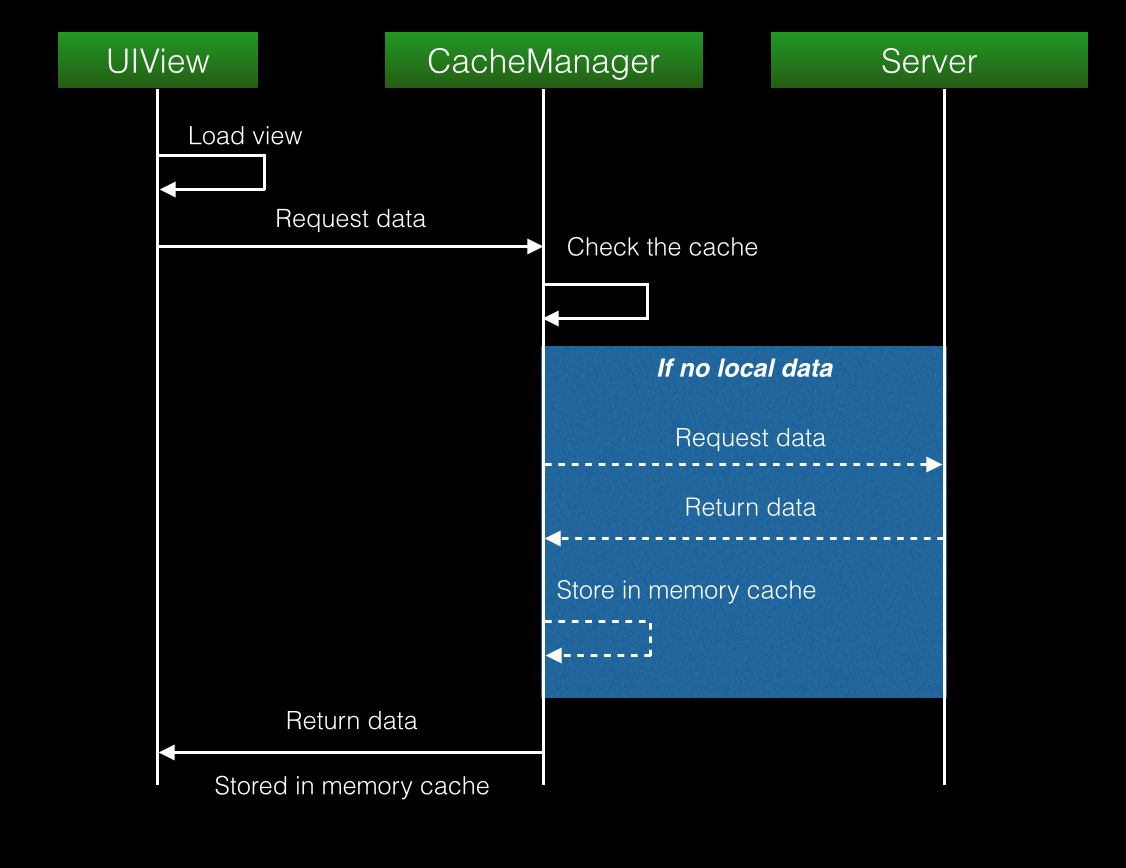My question surrounds around one single point - data management in mobile application. I have created a mobile application where data comes from server. The data includes both text and images. Following are the steps I am doing for this :
First launch :
1. Get server data.
2. Save server data in Sqlite database.
3. Show Sqlite data.Next launches :
1. Show Sqlite data.
2. Get server data in background.
3. Delete previous Sqlite data.
4. Save new server data in Sqlite database.
5. Show Sqlite data.
I have couple of questions on these steps :
1. Is this the right approach ? Other way could be showing data every time from server but that would not display the data on screen immediately (depending on internet speed).
2. I also thought of comparing the Sqlite data with the new server data. But faced a big challenge. The new server data might have new records or deleted records. Also, I could not find an appropriate approach to compare each database field with JSON data.
So what is the best approach to compare local Sqlite data with new server data ?
3. Each time I delete the Sqlite data and insert new data and then refresh the screen (which has a UITableView), it blinks for a second which is obvious. How to avoid this issue if steps 3, 4, 5 are followed ?
4. How should I proceed with data update in case I come back on the screen each time or when the application becomes active ? I am very aware of NSOperationQueues or using GCD for that matter. But what if I am crazy and go back and forth to screen again and again. There will be a number of NSOperations in the queue.

